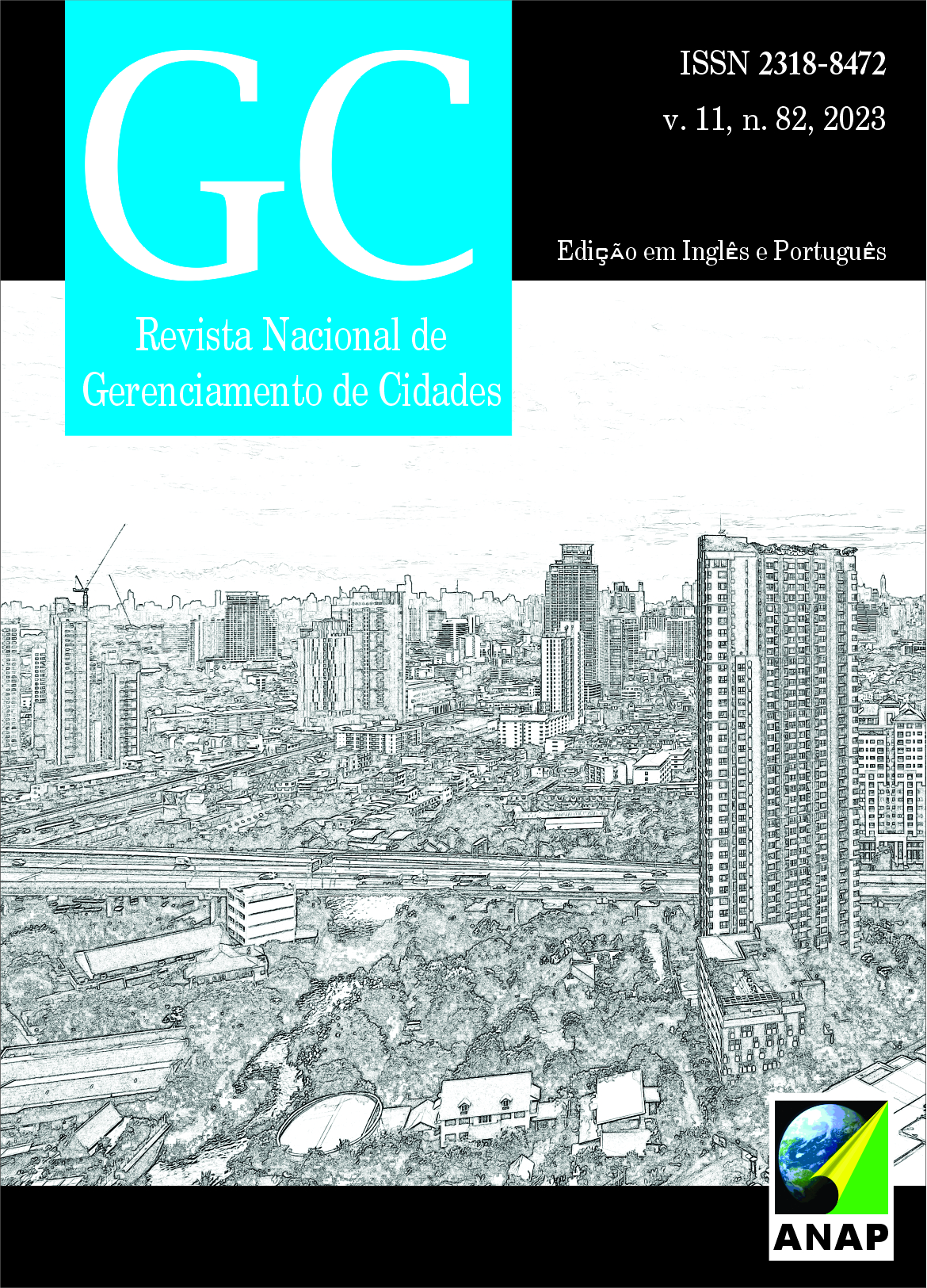Dispersed urban development and the formation of urban voids in Bauru (SP) in the second half of the 20th century
DOI:
https://doi.org/10.17271/23188472118220233499Palabras clave:
Urban Voids. Bauru. Urban Dispersion.Resumen
This paper examines the urbanization process in the municipality of Bauru (SP), focusing the analysis on the phenomenon of urban voids and taking as a time frame the second half of the 20th century. Urban voids are urban remainders, idle or underutilized areas, products of urban dispersion and real estate speculation that enhance the discontinuous, dispersed, fragmented and sparse urbanization, a pattern that has also come to characterize medium-sized cities in São Paulo. Based on the general characterization of Brazilian urbanization in this period, the preliminary analysis of the study object allows us to infer that, in Bauru, at the peak of the development cycle in Brazil, the dissemination of urban voids is directly related, on the one hand, to the action of the real estate market and, on the other hand, to the permissiveness of urban planning and the incentives provided by public authorities, including the significant state provision of housing on the fringes of the urban territory.
Descargas
Descargas
Publicado
Número
Sección
Licencia

Esta obra está bajo una licencia internacional Creative Commons Atribución-NoComercial-CompartirIgual 4.0.














